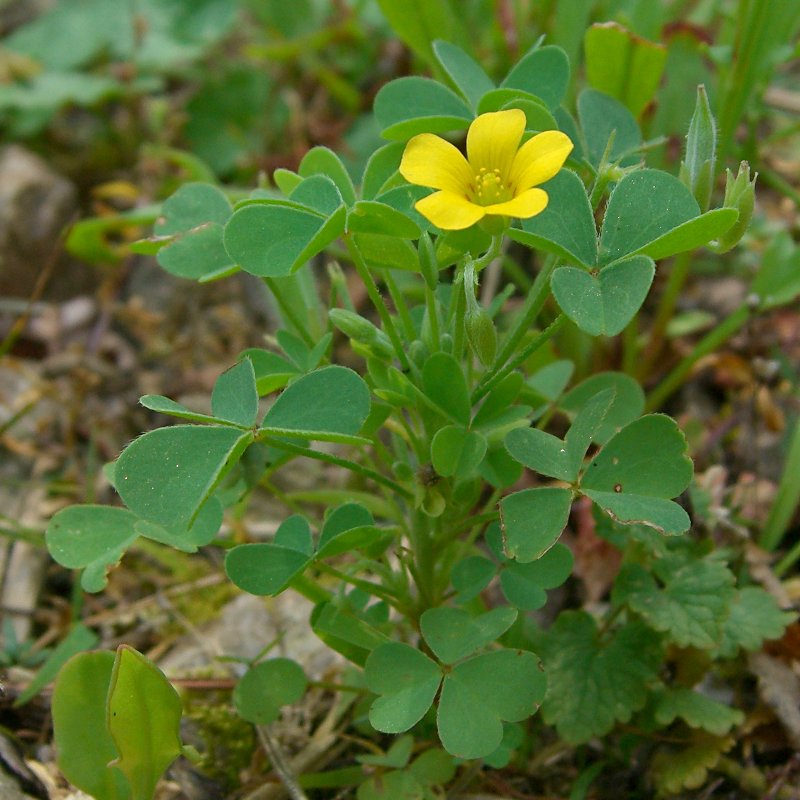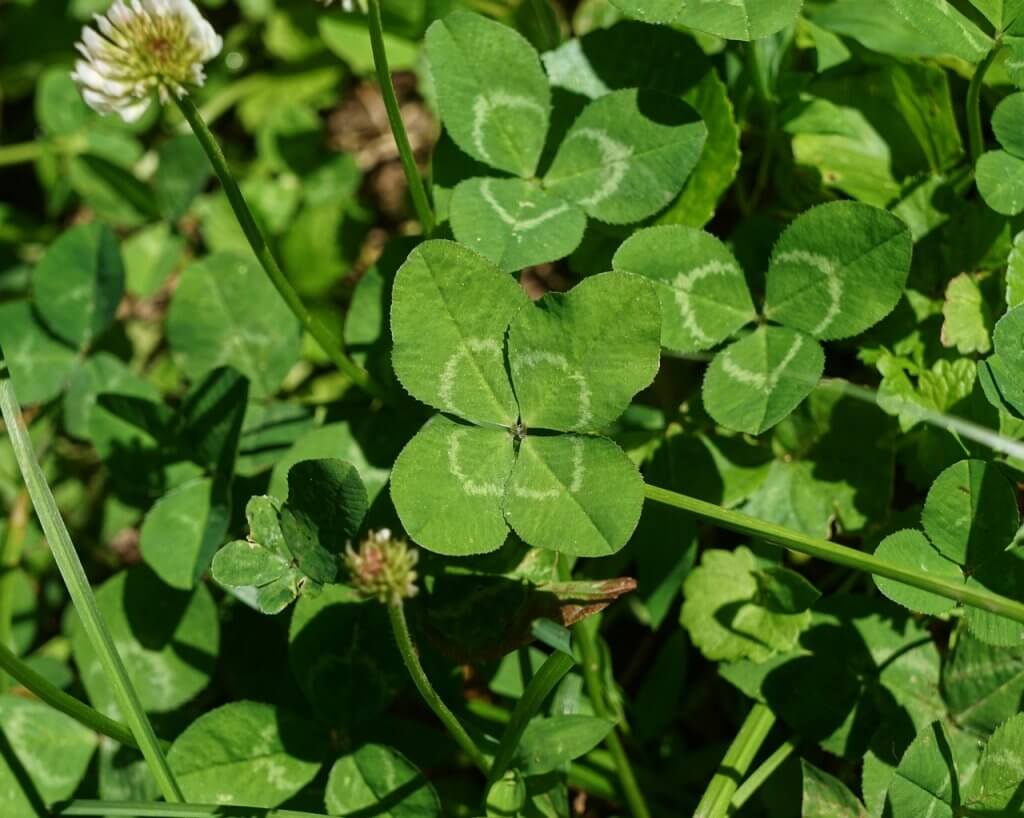Yellow wood sorrel is an entirely edible North American native herbaceous plant. You may also recognize the yellow wood sorrel by its scientific name, Oxalis stricta. It's a notorious low creeping and easy-to-grow weed.
Yellow Wood Sorrel Plant Profile
Yellow wood sorel goes by many other common names, including:
- Simply yellow woodsorrel
- Common yellow oxalis
- Common yellow woodsorrel
- Upright yellow-sorrel
- Lemon clover
- Other informal names include sourgrass, sheep weed, or pickle plant
Although the Oxalis stricta grows most commonly as an annual, this wildflower also thrives and regenerates from seed every year. This is because the seed pods explode and scatter seeds around the yard, landing at least 10 to 13 feet away on maturation.
Seed capsules that hold anywhere from 50 to 5,000 seeds have plenty of opportunities to spread and overtake gardens.
What Are You Foraging For Right Now?
We're thrilled to hear your ideas. What would you like to submit today? Feel free to share your thoughts and experiences with us.
Because the seeds can also get stuck in garden tools, pets, other wildlife, and pets, it’s easy for this seed to move around and take root.
The flowers bloom from July to October.
How to Identify Yellow wood sorrel
You might mistake the yellow wood sorrel for the clover plant. But foliage folded at the center of each leaf or curved is enough to give the difference away.
These alternate leaves are split into three heart-shaped leaflets up to 0.7 inches wide. In the day, the leaves are open but curl up and close again at night.
Luminescent, five-petalled yellow flowers are small at about half an inch.



Where Does yellow wood sorrel Grow?
Although a North American native plant, you’ll also find this plant and its heart-shaped leaves in Eurasia and sometimes in Britain. It grows in USDA hardiness zones 5 to 11.
Because the yellow wood sorrel can quickly grow all year round in many habitats and milder climates, it’s often called the weed of gardens.
It can grow whether in shade or full sun in:
- Gardens
- Lawns
- Fields
- Roadsides
- Woodlands
- Meadows
- As an annual and perennial in disturbed areas
If the seeds find their way onto your grass, be prepared to see them all over the garden.
Is Yellow Wood Sorrel Invasive?
Yellow wood sorrel is considered invasive in Kentucky and a weed throughout the rest of the U.S.
If you find this wildflower growing in your yard, pull it out before it reaches large quantities. Get as much root as possible because its easy-to-grow personality will soon take over your garden. That’s why many consider this wild plant a hard-to-eradicate weed.
Because the roots reach far and wide and are complex and challenging to pull, make sure you don’t simply tug at the stem.
Doing so only breaks the top portion away and leaves the root network, letting it resprout.
Is Yellow Wood Sorrel Good to Eat?
Because all of the parts of yellow wood sorrel are edible, it’s a popular wild food.
This wildflower has a distinctly tangy flavor that is prevalent among the plants of the Oxalis genus.
Be wary when eating Oxalis stricta, as it should only be eaten in small quantities. Oxalic acid is an antinutrient that can inhibit the body’s calcium absorption.

How to Use the Edible Parts
There are several ways that the yellow wood sorrel can be used, such as:
- Decorate and add flavor to salads by using the leaves and flowers.
- Chew all parts except the root for a thirst quencher.
- Eat the green seed pods raw for a juicy and tart snack with a crisp texture. The flavor is not far from rhubarb.
- Make a common substitute for vinegar with the juice extract of the plant.
- Make a flavored drink with leaves similar to lemonade.
- Brew the whole plant as a herbal tea that smells similar to cooked green beans.
- Boil the entire plant for an orange dye.
As you can see, Oxalis stricta can have its uses but can also be troublesome as an invasive weed.
Whether or not you remove or use this surprisingly helpful weed is up to you.
Getting into the great, wet outdoors in search of edible plants, herbs, fruits and fungi is one of Sarah’s favorite outdoor pursuits. She thinks there’s nothing better than combining her passion for hiking with the start of the foraging season. Sarah’s definitely not afraid of a little rain and dirt, it’s all part of the fun.

